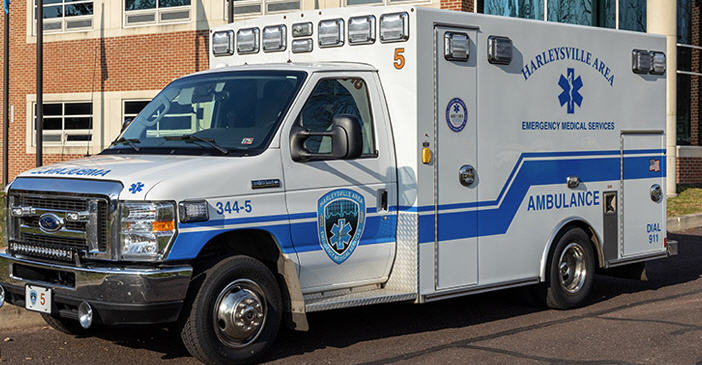
Key Performance Indicator (KPI) for Emergency Medical Service
To name a few:
Since EMS systems have variations based on local regulations and service models, prioritize the KPIs most relevant to your organization.
Response Time KPIs
- Call-to-Arrival Time: Average time it takes for EMS to arrive on scene after a 911 call is received. Shorter times are crucial for patient outcomes.
- Response Time Compliance: Percentage of calls where EMS arrives on scene within a set target time (dependent on local standards or regulations).
- Dispatch Time: Time from receiving a call to when an ambulance or unit is dispatched. Efficient dispatching is vital.
- Turnaround Time: Total time from when EMS arrives on the scene to when they are ready for the next call. Impacts operational efficiency.
Patient Outcomes KPIs
- Survival Rates: Track survival rates for critical conditions like cardiac arrest or trauma. Measures EMS effectiveness in life-saving interventions.
- Pain Management: Measure effectiveness in assessing and managing patient pain before and during transport.
- Clinical Protocol Adherence: Percentage of cases where EMS personnel follow established treatment protocols and guidelines.
- Hospital Readmission Rates: Track how often patients are readmitted to the hospital shortly after EMS transport. May indicate quality of care issues.
Operational KPIs
- Call Volume: Total number of 911 calls received and responded to during a specific period. Measures workload.
- Unit Utilization: Percentage of time ambulance units are actively on calls vs. waiting. Helps optimize fleet size and staffing.
- Transport Time: Average time it takes to transport a patient from the scene to the hospital.
- Fuel Efficiency: Track fuel consumption per mile or similar metrics to help manage operating costs.
- Medication and Supply Errors: Track any instances of medication errors or supply shortages.
Financial KPIs
- Cost per Transport: Average cost of responding to and transporting a single patient. Helps to control costs.
- Reimbursement Rate: Track success in obtaining reimbursement from insurance companies or patients for services rendered. Impacts revenue.
- Percentage of Uncompensated Care: Tracks calls where EMS is unable to secure any reimbursement. Impacts financial sustainability.
Personnel KPIs
- Employee Satisfaction: Measure job satisfaction and engagement among paramedics and EMTs. High satisfaction is linked to better patient care.
- Training and Certification: Track compliance with continuing education and recertification requirements for EMS personnel.
- Safety Incident Rate: Number of workplace injuries or accidents. Safety is always a priority in EMS.
Additional Considerations
- Community Outreach: Track the effectiveness of public education initiatives on CPR, first aid, or other health topics.
- Patient Satisfaction Surveys: Measure patient satisfaction with EMS care, transport, and overall experience.
